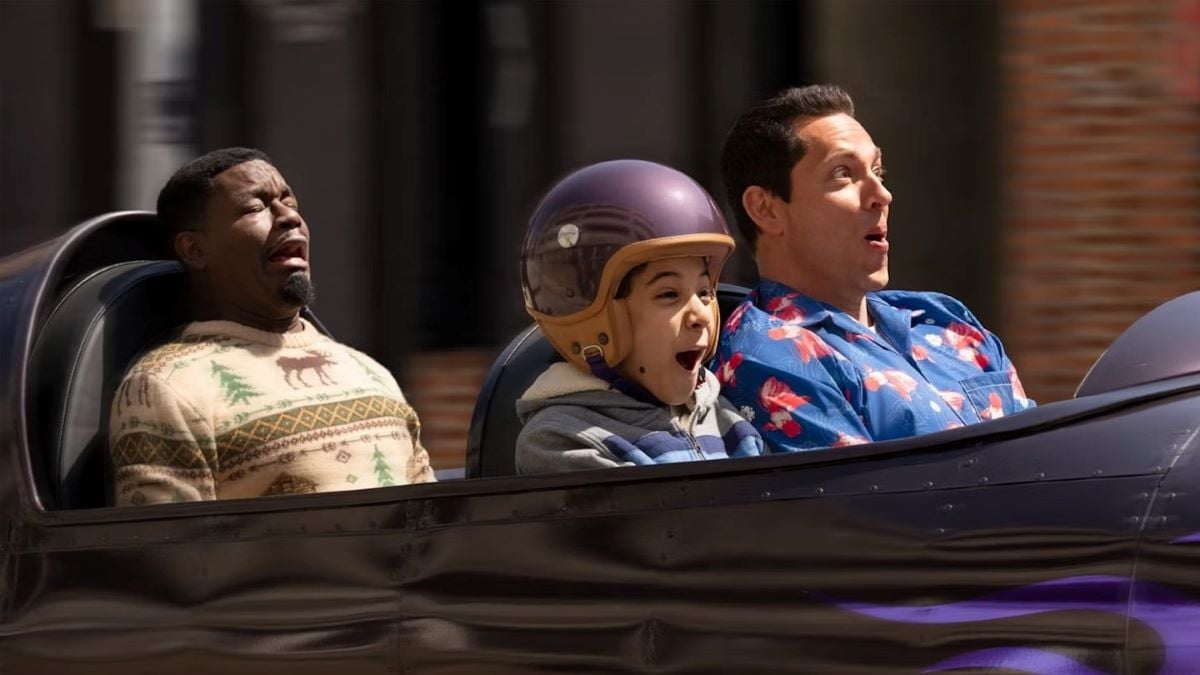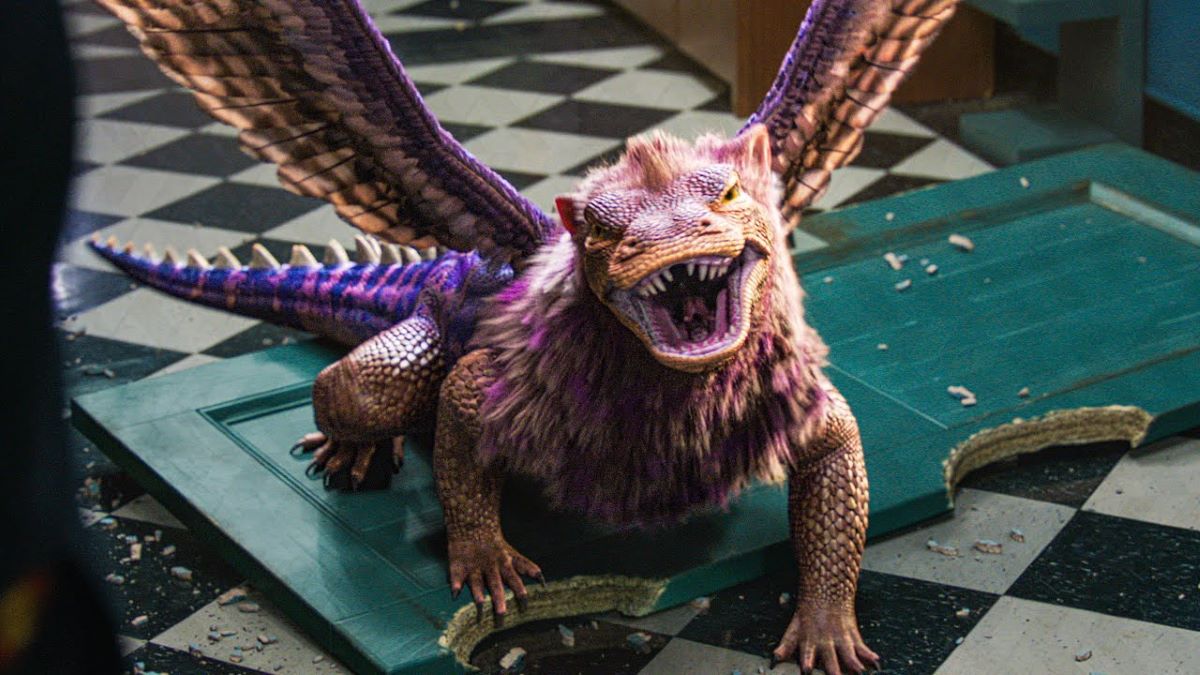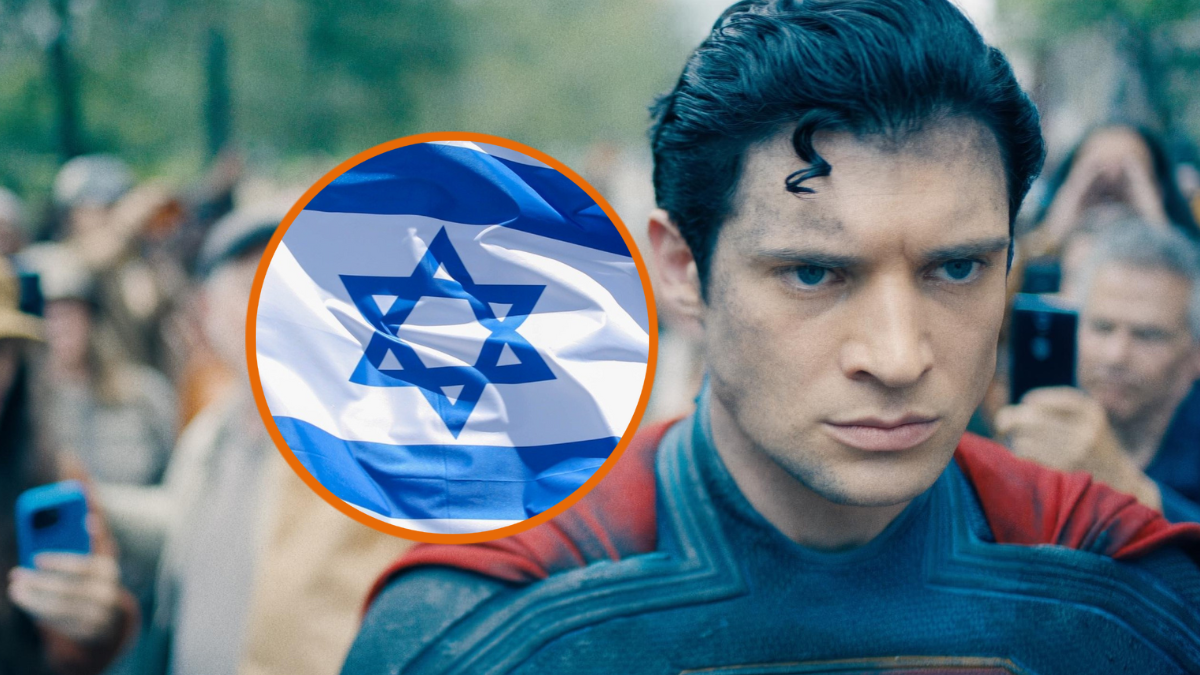We don’t talk enough about how important children’s media is, and how much more respect it deserves. Just because young children will be easily entertained by bright colors and fart jokes, it doesn’t mean we should be depriving them of healthy stories that directly benefit their development.
But the thing about bright colors and fart jokes is that they take way less effort for a similar-to-greater box office reward. Unless, of course, you’re Harold and the Purple Crayon, in which case you get precisely what you deserve, streaming success notwithstanding.
Per FlixPatrol, Harold and the Purple Crayon is drawing up a storm on the Netflix film charts in the United States at the time of writing, sitting at fifth place. Meanwhile, the much more nutritious children’s film Sing — featuring Marvel legend Scarlett Johansson as the voice of a punk-rock porcupine in a toxic relationship — trails behind in eighth place.
Based on Crockett Johnson’s 1955 children’s book of the same name, Harold and the Purple Crayon stars Zachary Levi as the eponymous Harold, a grown-up version of the onesie-clad boy who has the ability to bring his drawings to life using his magical purple crayon. After landing himself in the real world, Harold — who’s used to the simplicity of Johnson’s pages and therefore finds the real world’s complexities to be overwhelming — goes on what’s most aptly characterized as a blueprint of an adventure in his search for Crockett Johnson, the narrator of the original book who mysteriously vanished from Harold’s life the other day.

Let’s run through some version of the decision-making process here. First, Sony had the rights to Harold and the Purple Crayon lying around, and it was decided that they should probably do something with them. Fair enough; with the right approach, there’s no reason a feature-length adaptation of a children’s book can’t work.
Then they decided Harold should be a grown adult played by Zachary Levi. Right away, we’ve veered into “cartoonishly bold” territory, and the narrative backbone of the century would have to be cooked up to make this work.
Then it was decided that there shouldn’t be much of a plot at all, and should instead be 90 minutes of several grown adults and one child running around and doing random nonsense while a creepy Tolkien wannabe looms in the shadows waiting to do battle with Harold, for some reason. This, while prioritizing the manic goofball energy of a grown-up Harold over any semblance of a semblance of good morals for children to carry with them going forward. Brilliant roadmap, everyone; do not pass go, do not collect a box office profit.
The question, then, is why Harold and the Purple Crayon is performing on the charts when The Mitchells vs. the Machines and Orion and the Dark are sitting right there in the wings of Netflix, just waiting to be discovered and rediscovered all over again in all their emotionally-resonant glory. Indeed, those are two children’s films that could teach Harold and the Purple Crayon a thing or nine about telling great stories for the whole family.











Published: Nov 5, 2024 10:31 am